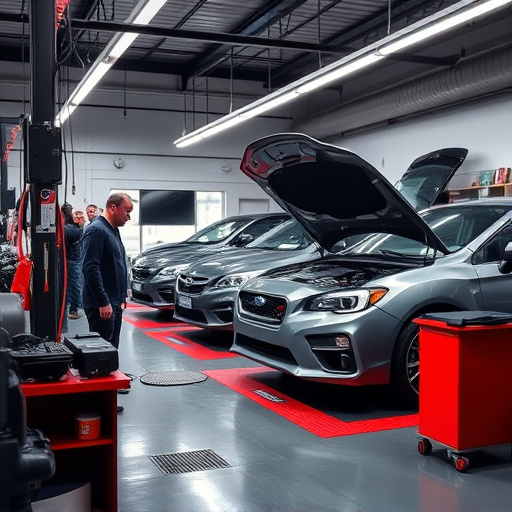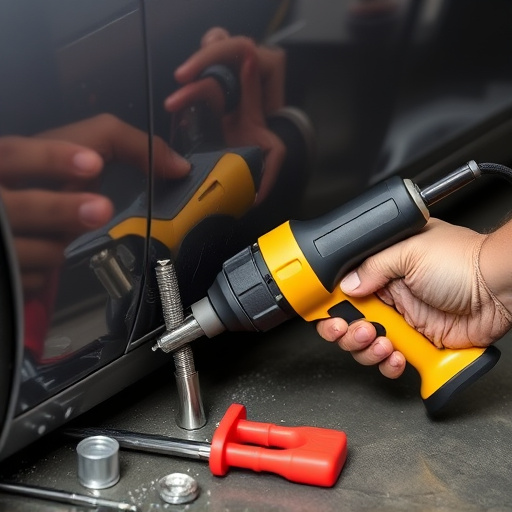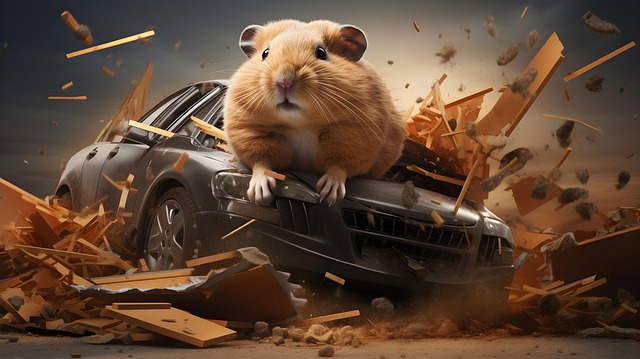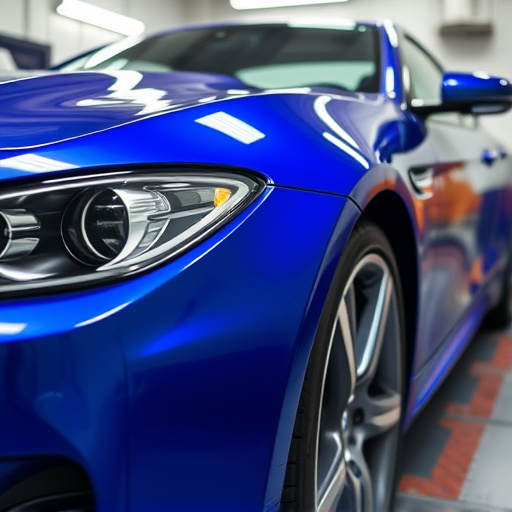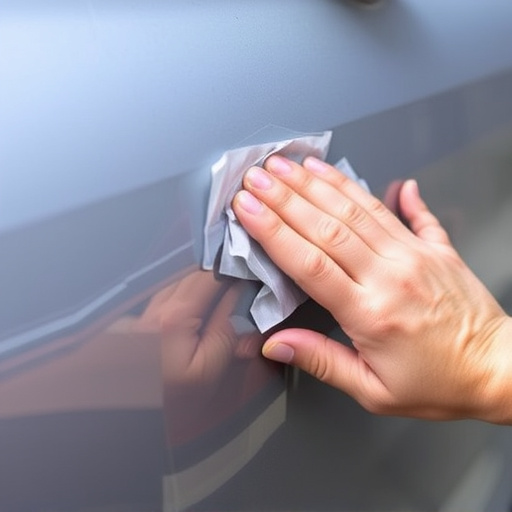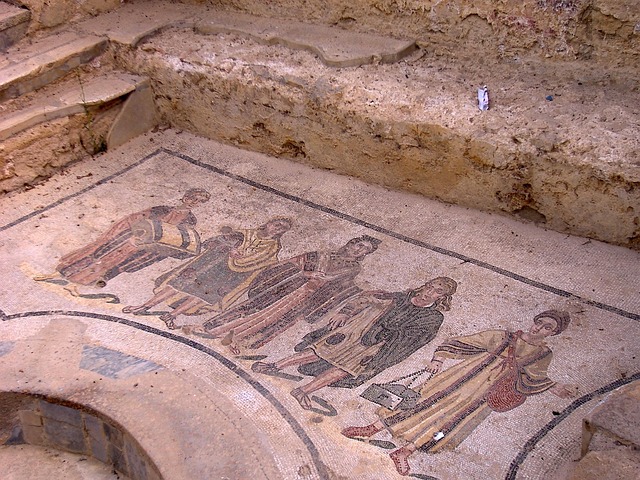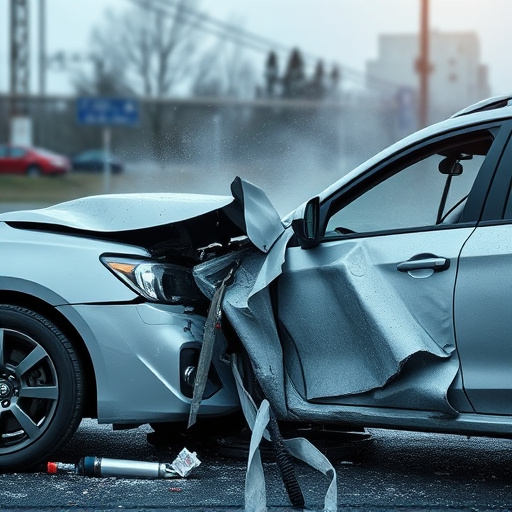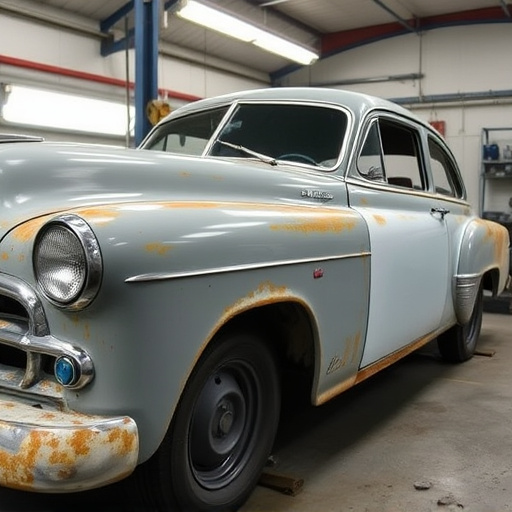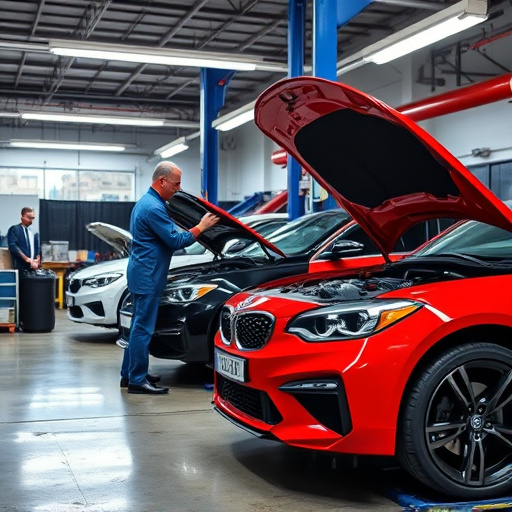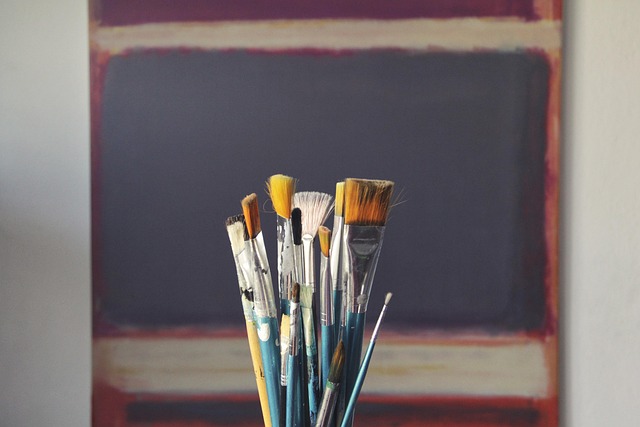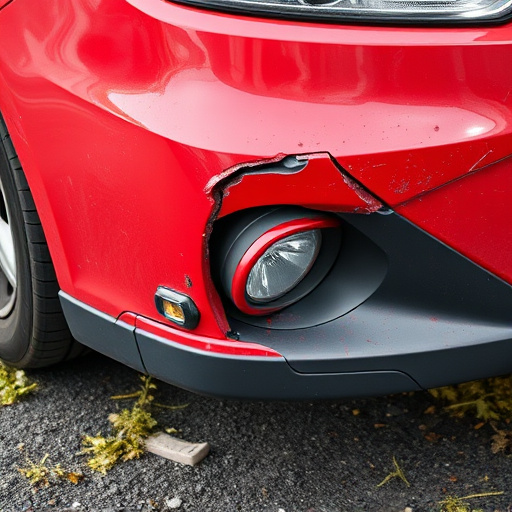Mastering color theory is essential for achieving color matching excellence in auto collision repair. This involves understanding color wheels, primary hues, and formats like HSV to precisely recreate vehicle colors. While digital tools like color management software and advanced imaging technologies aid accuracy, traditional methods remain vital for maintaining consistent, high-quality finishes. By combining these approaches, auto bodyworkers can restore vehicles to their pre-incident beauty, ensuring top-notch color matching excellence.
In the pursuit of achieving flawless design outcomes, color matching excellence is paramount. This article delves into the diverse tools and techniques employed across industries to ensure precise and consistent colors every time. From foundational knowledge of color theory to advanced digital solutions and traditional manual methods, we explore how professionals navigate the spectrum for impeccable results. Discover the game-changers revolutionizing color reproduction, empowering creators to deliver vibrant, accurate hues in their projects.
- Understanding Color Theory: The Foundation of Perfect Matches
- Digital Tools for Accurate Color Reproduction
- Traditional Techniques and Hardware for Manual Color Matching
Understanding Color Theory: The Foundation of Perfect Matches
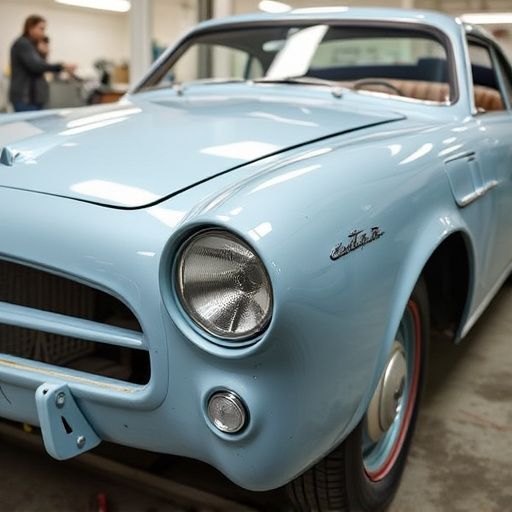
Understanding color theory is essential for achieving color matching excellence every time, whether you’re an artist, designer, or providing top-notch car bodywork services. It forms the foundation for creating harmonious and accurate hues, ensuring that each shade complements and mirrors its intended application. Color theory delves into the science behind how colors interact, mixing, and combining to produce a wide spectrum of tones. By grasping concepts like color wheels, primary and secondary colors, and the effects of hue, saturation, and value (HSV), professionals can make precise adjustments during auto collision repair or car bodywork processes.
This knowledge allows them to replicate exact shades required for vehicles, maintaining their original appearance and aesthetics. For instance, when repairing a dented fender, understanding color theory helps match not just the shade but also the subtle variations in texture and gloss that contribute to the overall look of the auto collision center’s work. It’s about more than just mixing paints; it’s about mastering the art and science behind creating perfect color matches that restore vehicles to their pre-incident beauty.
Digital Tools for Accurate Color Reproduction

In today’s digital age, achieving color matching excellence for various applications, from automotive to graphic design, has become more accessible thanks to advanced tools. One such category is digital color management software, which plays a pivotal role in ensuring accurate color reproduction across different devices and platforms. These tools enable professionals to calibrate monitors, manage color profiles, and perform intricate adjustments with precision.
By utilizing digital solutions for auto frame repair or dent removal, users can also indirectly support color matching excellence. This is because these technologies often incorporate high-resolution imaging and precise algorithms that contribute to the overall accuracy of color interpretation. Incorporating such tools into auto maintenance routines ensures not only physical repairs but also maintains the aesthetic integrity of colors in vehicles, aligning with the pursuit of color matching excellence.
Traditional Techniques and Hardware for Manual Color Matching

In the pursuit of color matching excellence, traditional techniques and hardware have long been the staples in automotive collision repair and similar industries. Skilled technicians rely on a combination of physical swatches, color charts, and their honed eyes to match hues accurately. Physical color samples, often presented as fan decks or swatch books, provide a tangible reference for comparing and blending pigments. These resources allow professionals to assess the subtle nuances between shades, ensuring precise matching.
Moreover, traditional tools like color mixers, brushes, and various coatings facilitate manual color mixing and application. Expertise in these methods is invaluable, especially in auto repair shops where maintaining consistency in finish work is paramount. While modern digital solutions are gaining traction, these time-honored techniques remain indispensable for achieving the finest color matching excellence.
Achieving color matching excellence every time requires a solid understanding of color theory, coupled with the right tools. From digital platforms that offer precise color reproduction to traditional techniques using specialized hardware, there’s a method for every need. By leveraging these resources, professionals can ensure consistent and accurate results, elevating their work to new heights of visual perfection.
